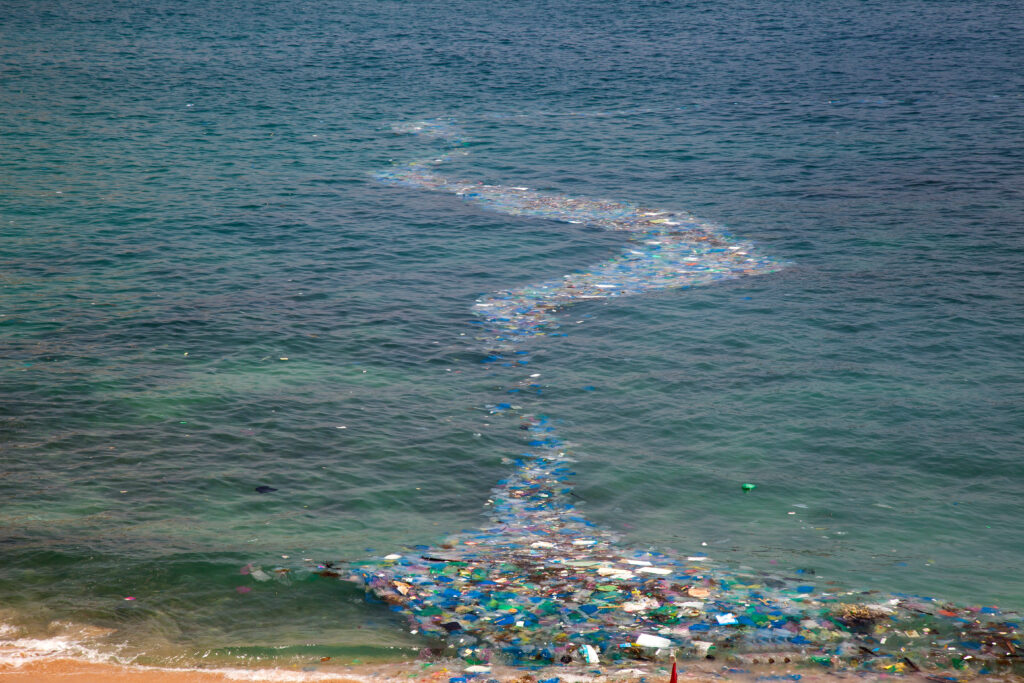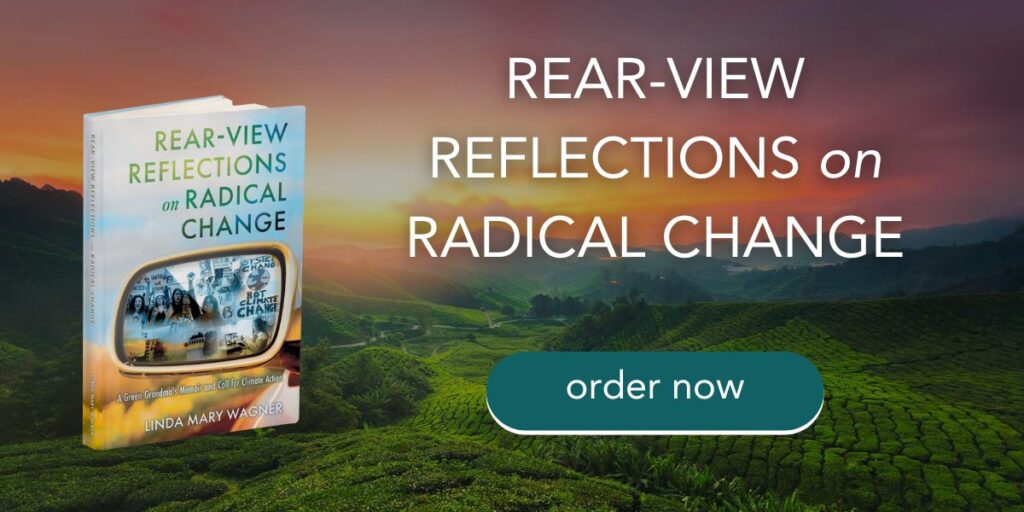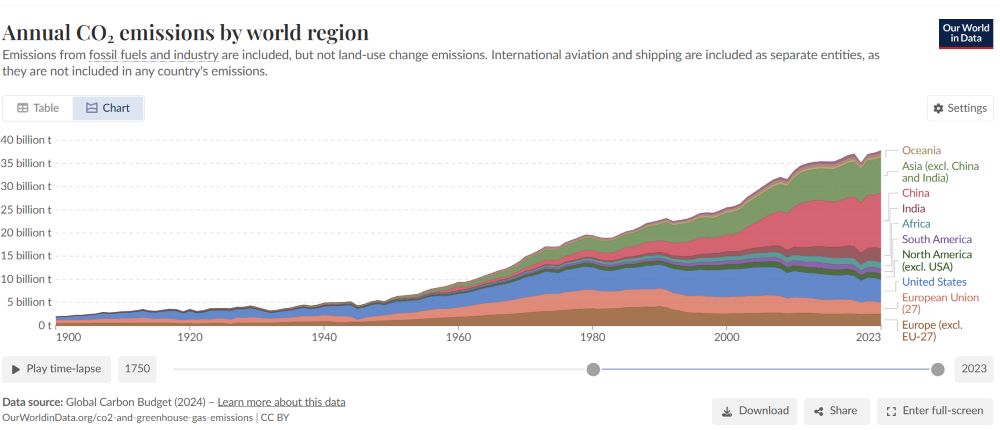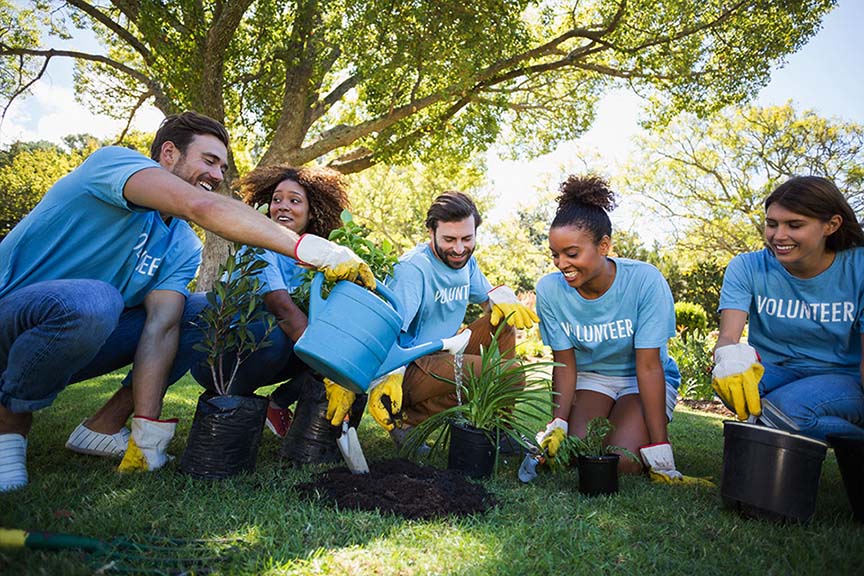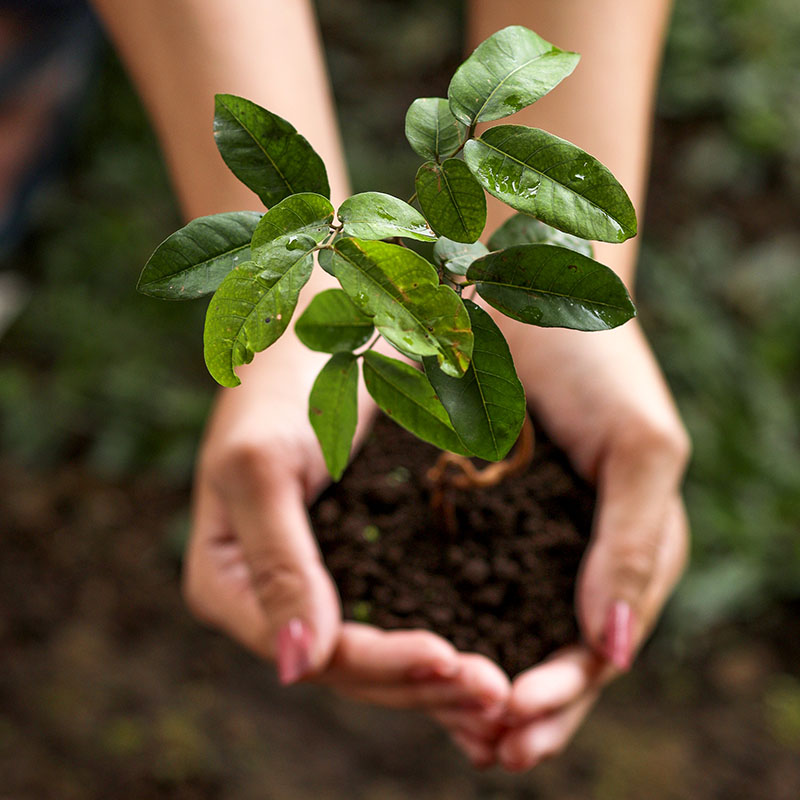Perhaps you are like me and want to know: how can we save us from plastic?
First, let’s state the problem. Synthetic plastics are made from oil, a fossil fuel jeopardizing life on Earth with its increased greenhouse gases, leading to more intense and frequent heat, storms, and climate change. In addition, the volume of plastics within our environments has dramatically increased. Plastics are not only choking landfills, oceans, and recycling plants. Testing now shows that microplastics are found in animal and human bodies, threatening the health of all living things.
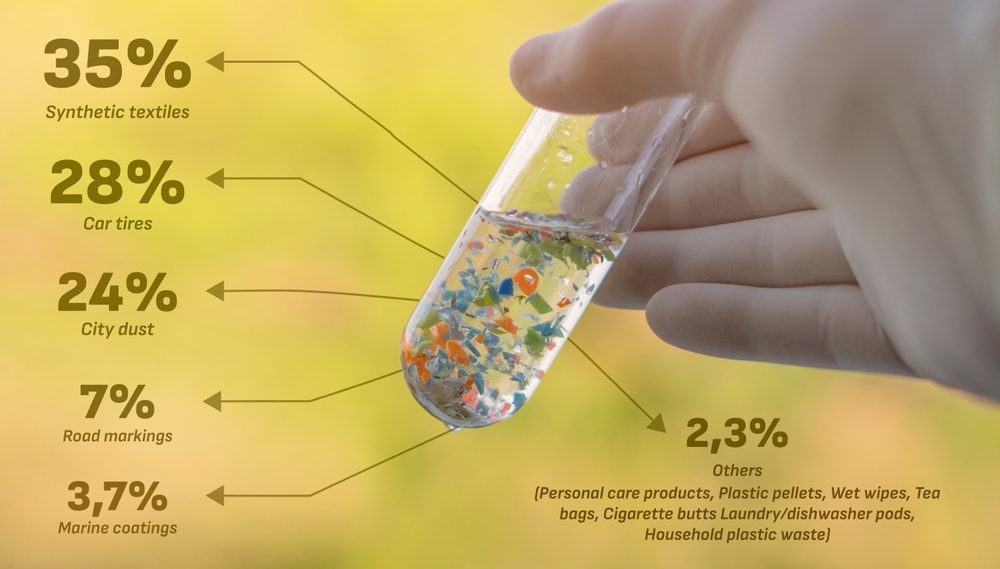
What questions must we ask about plastics?
What answers do we know? What solutions can we find? I have culled through some recent, reliable news sources to learn more.
Washington Post – THE PLASTICS WE BREATHE – Here are a few alarming facts this article reveals:
- “One study found that people inhale or ingest on average 74,000 to 121,000 microplastic particles per year through breathing, eating and drinking.”
- “As plastic production increases, so do the risks to human health. In 1950, the world produced 2 million metric tons of plastic every year; last year, it was over 400 million metric tons.”
- “Microplastics have been found in the (human) placenta, the liver and breast milk.”
- “There are no U.S. laws or regulations governing microplastics in the air or in food.”
The Guardian has additional alarming news about a study of 40 healthy men in China: Microplastics found in every human semen sample tested in study.
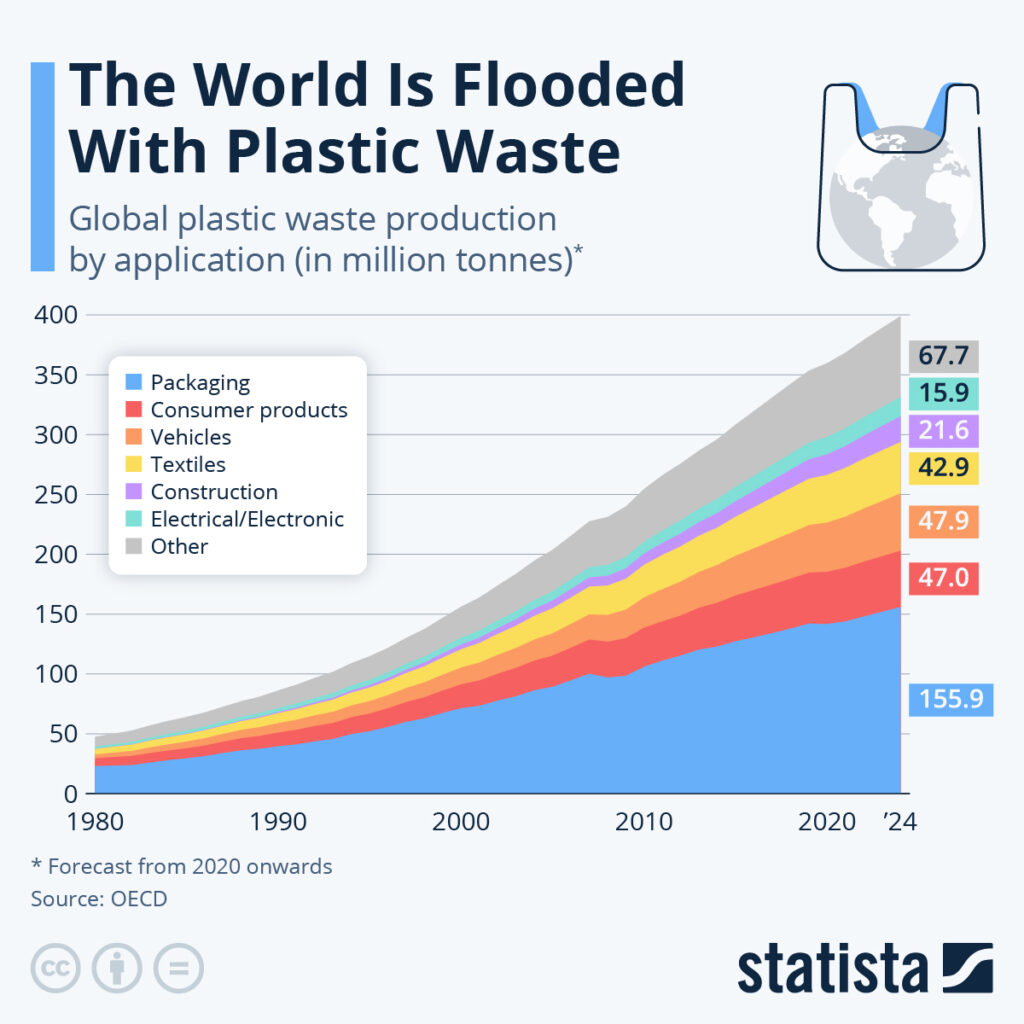
Do plastic bag bans reduce plastic waste? Plus other questions!
See how complex the answers can be in this report by Spectrum News, A look at the impact of New York’s plastic bag ban, 4 years later.
See CNET’s answer to the question, Which Plastics Are Actually Recyclable?
See The New York Times’ answer to the question Is Biodegradable Plastic Really a Thing?
Which companies are the worst plastic polluters? See Siera Club Magazine – Just Five Companies Produce Nearly 25 Percent of All Plastic Waste Worldwide: Coca-Cola, Nestlé top the list of plastic waste producers, according to new study
How Can We Save Us from Plastic? – First Up, Waxworms!
A researcher accidentally discovered in 2017 how waxworms are special, as the BBC reported in April: “Federica Bertocchini, who at the time was researching the embryonic development of vertebrates at the Spanish National Research Council, stumbled on a potentially game-changing discovery about these (waxworm) creatures. Bertocchini, an amateur beekeeper, threw some of the waxworms in a plastic bag after cleaning her hive, and left them alone. A short time later, she noticed the worms had started producing small holes in the plastic, which had begun degrading as soon as it touched the worms’ mouths.”
Can we simply send out waxworms to gobble up all the plastic waste? Not really. “Letting these worms loose in a plastic-polluted environment could be dangerous to ecosystems, especially given their ability to destroy bees’ hives, as Bertocchini notes. But she’s hopeful that the enzymes these worms produce could help tackle the world’s plastic pollution crisis.”
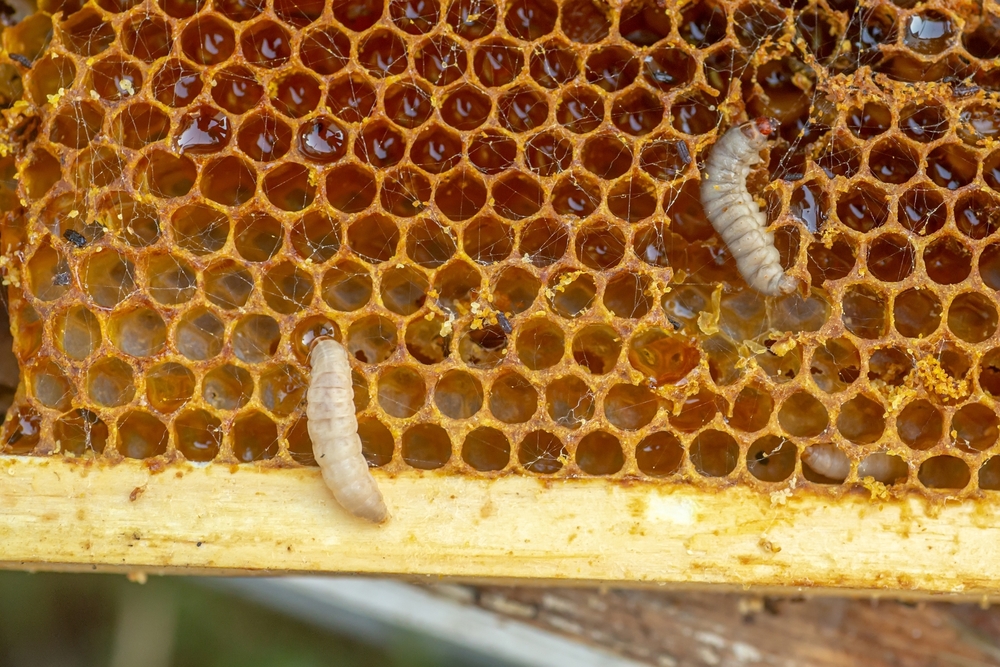
Learn more fascinating facts about waxworms and plastics in this BBC Video about Up-Cycling Plastics, not Re-Cycling.
Better Packaging, Less Plastic from Google Guide
Canada’s Advertising Specialty Institute (ASI) reports in its Promo for the Planet, Google Pledges Plastic-Free Packaging by 2025, Shares Guide for Others To Follow – “Google announced this week that its packaging will be totally plastic-free by 2025 for all products, starting with the box for its Pixel 8 smartphone. The announcement included a 69-page document called the Plastic-Free Packaging Design Guide, where the company outlined the issues that plastics pose to the environment, the demand for environmental packaging solutions and alternative materials, and went into how it would work to solve the issue by removing plastic from its own packaging.
Google says, “Materials like paper and cardboard offer a compelling alternative to conventional plastics; they are renewable but can also be made from recycled content,” the document states. “They break down easily and integrate into the vast majority of existing consumer-facing recycling streams. While this transition presents opportunities, it also introduces challenges. Fiber-based solutions must meet the functional requirements for product packaging, particularly the protective properties that previously made plastic so popular. This necessitates new designs, materials, production methods and supply chain adaptations.”
Previous Posts on Plastics
What else can we do about plastics? Take a look at these past Green Grandma posts:

